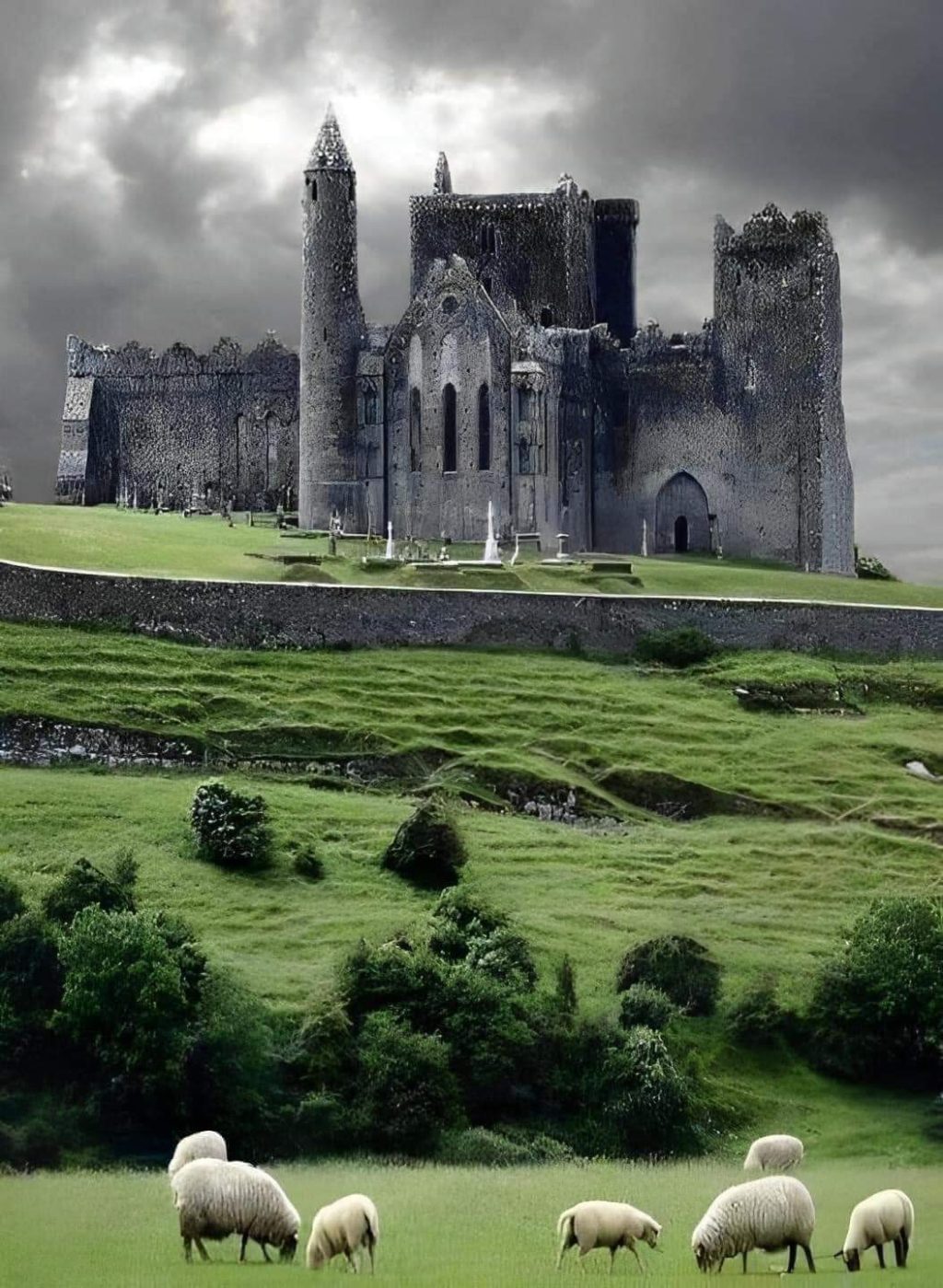Rock of Ages: The Majestic and Tumultuous History of Cashel

The Rock of Cashel, also known as Cashel of the Kings, is a historic site located in County Tipperary, Ireland. It stands on a limestone outcrop and is one of Ireland’s most iconic landmarks, rich in history and architecture. The site dates back to the 4th century and was originally the seat of the kings of Munster. According to legend, St. Patrick visited Cashel in the 5th century, and it was here that he converted King Aengus to Christianity, baptizing him on the Rock.
In 1101, Muirchertach Ua Briain, the King of Munster, donated the Rock of Cashel to the Church. This marked the beginning of its transformation into a major ecclesiastical center. The site features a remarkable collection of medieval buildings, including the 12th-century Cormac’s Chapel, one of the earliest and finest examples of Romanesque architecture in Ireland. The chapel is renowned for its intricate carvings and frescoes. Additionally, there is a 13th-century Gothic cathedral and a 15th-century castle tower, showcasing a range of architectural styles spanning several centuries.
The Rock of Cashel has witnessed significant historical events and endured turbulent times, including invasions and wars. It was sacked by the forces of Oliver Cromwell in the 17th century, leading to considerable damage. Today, the site is managed by the Office of Public Works and remains a popular tourist destination, drawing visitors from around the world who come to admire its historical significance and architectural beauty.





























